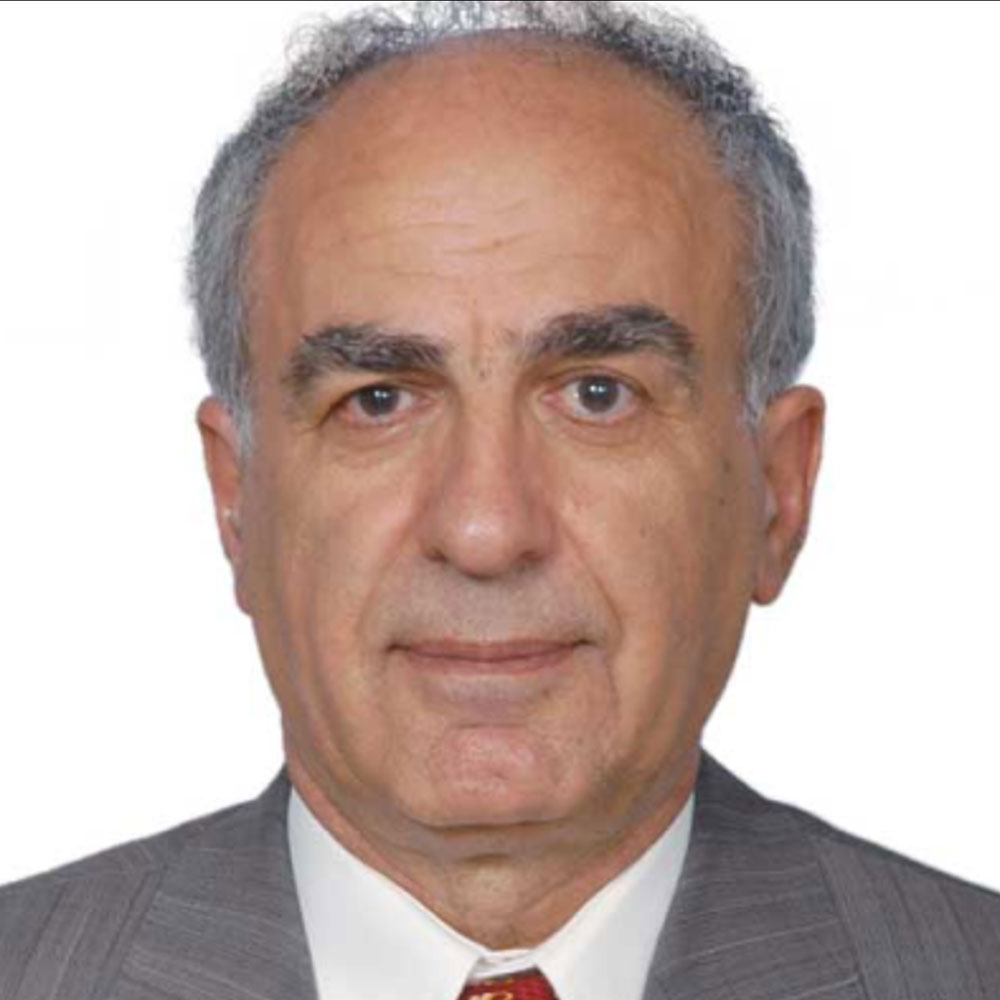
Department of Chemistry Middle East Technical University, Ankara, Türkiye
Presentation Title: Transition metal nanoparticles as catalysts in hydrogen generation from the hydrolysis of ammonia borane
Abstract
The use of hydrogen as energy carrier is anticipated to facilitate the transition from fossil fuels to the renewable energy sources, on the way towards a sustainable energy future. However, the safe and efficient storage of H2 is the major obstacle in its wide applications. The most effective and safest way of storing hydrogen is to use solid chemical hydrides which provide hydrogen with high gravimetric and volumetric densities as well as suitable thermodynamic and kinetic properties. B–N adducts such as ammonia borane, dimethyl ammonia borane, hydrazine borane are considered as ideal storage materials due to their high hydrogen content, stability and solubility. The most extensively studied B–N adduct is ammonia borane (H3N·BH3, AB) which can release H2 upon hydrolysis in the presence of suitable catalyst.
NH3BH3 + 2H2O → NH4+ + BO2– + 3H2 Transition metal nanoparticles (NPs) can catalyze the release of H2 from the hydrolysis of AB. The following ways will be discussed to increase the catalytic efficiency of transition metal NPs for H2 evolution from the hydrolysis of AB: (i) Using colloidal metal(0) NPs is a promising way of increasing the catalytic activity because of high fraction of surface atoms. However, metal(0) NPs in suspension are not stable against agglomeration and require stabilization which lowers adversely the catalytic activity. (ii) Putting the metal(0) NPs on support with large surface area may provide sufficient stability. Selecting a suitable support can provide a favorable metal-support interaction which delivers high activity, sufficient stability and long lifetime for metal(0) NPs. (iii) Carbonaceous support materials can give some escalation in activity of metal(0) NPs because of large surface area. However, metal NPs on the surface of carbonaceous materials are in general unstable against agglomeration, mainly because of weak bonding of metal(0) NPs to the carbonaceous surface. (iv) The use of oxide supports leads to perceptible improvement in activity of metal(0) nanocatalysts. Especially, reducible oxides such as TiO2, WO3, CeO2, Co3O4 provide incredible enhancement in catalytic activity of metal(0) NPs, likely due to favorable interaction of metal with support. (v) Reusability of metal(0) nanocatalysts is improved by employing magnetic powders as support. The magnetically recoverable metal(0) NPs can be obtained by supporting them on magnetic powders such as Fe3O4, CoFe2O4, and Co3O4. Metal(0) supported on magnetic powders can be recovered from the reaction solution by using an external magnet and therefore, exhibit exceptional reusability as well as excellent activity. Thus, the use of magnetic supports substantially amplifies the overall catalytic efficacy of metal(0) nanocatalysts in hydrolytic dehydrogenation of AB.
Biographical Sketch
Saim Özkar was Born in Elâzığ, Turkey in 1949, completed his undergraduate study in chemical engineering at the Technical University of Istanbul in 1972, and then worked for two years in industry. He received his Ph.D. in inorganic chemistry at the Technical University of Munich, Germany in 1976, worked in the Institute for Mineral Research and Exploration of Turkey, and joined the Department of Chemistry, Middle East Technical University in 1979. He spent one year at the Max Planck Institute in Mülheim a.d. Ruhr, Germany as scholar of Alexander von Humboldt-Foundation in 1986, 2 years at the University of Toronto as visiting professor in 1988-1990, and now 5 total years at Colorado State University since 2000 starting with Fulbright Fellowship. He was awarded Science Prize by the Scientific and Technological Research Council of Turkey in 1996 and has been a member of Turkish Academy of Sciences since 1996. His research interests involve the catalysis, organometallic chemistry, transition metal nanoparticles (synthesis, characterization, and catalytic use in many industrially important reactions) as well as the reaction kinetics and mechanisms of catalysis and nanoparticle formation. Özkar is author and co-author of more than 323 (SCI) scientific products as peer reviewed articles, books, and book chapters; h-index = 61 (scopus), h-index = 68 (google scholar).
